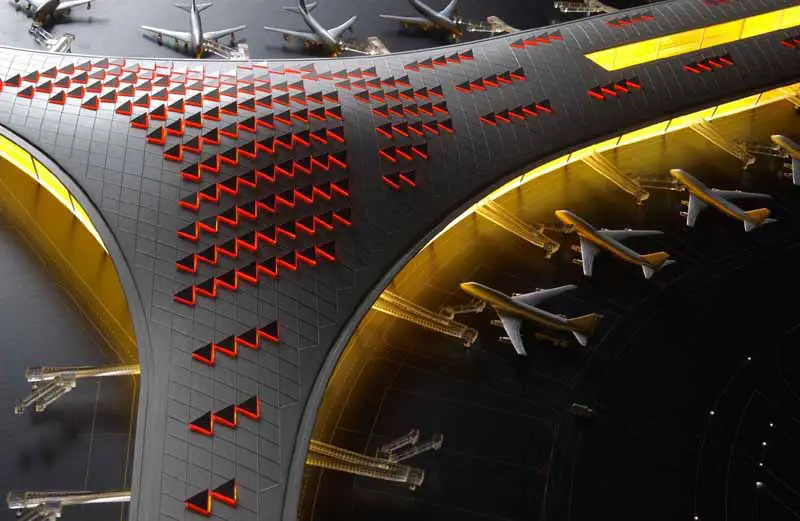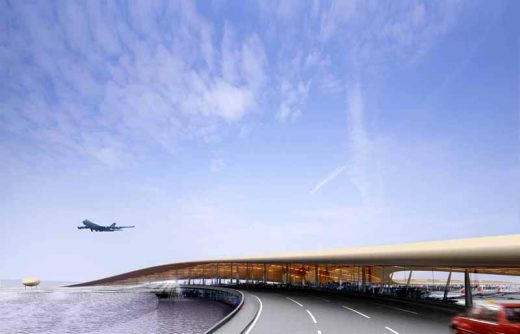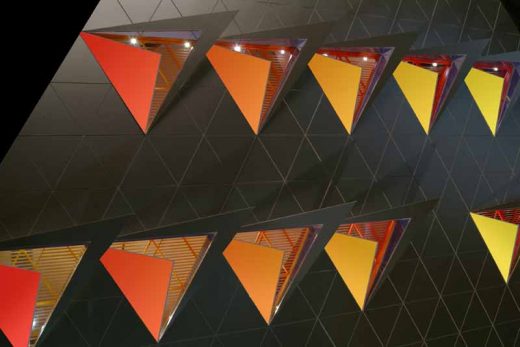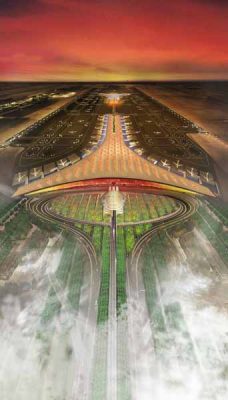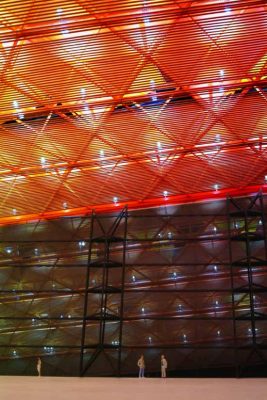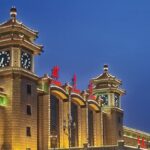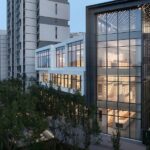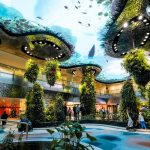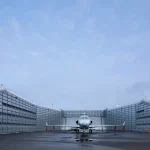Beijing Airport Terminal Building Images, China Design by Norman Foster Architect, Photos
Beijing Airport Building
Capital Airport, China design by Foster + Partners Architects, UK
11 Oct 2007
Capital Airport
Dates built: 2003-08
Design: Foster + Partners
The world’s largest and most advanced airport building – not only technologically, but also in terms of passenger experience, operational efficiency and sustainability – Beijing Airport is welcoming and uplifting. A symbol of place, its soaring aerodynamic roof and dragon-like form celebrates the thrill of flight and evokes traditional Chinese colours and symbols.
Beijing Airport
Beijing’s new international terminal is the world’s largest and most advanced airport building – not only technologically, but also in terms of passenger experience, operational efficiency and sustainability. Completed as the gateway to the city for athletes participating in the twenty-ninth Olympiad, it is designed to be welcoming and uplifting. A symbol of place, its soaring aerodynamic roof and dragon-like form celebrate the thrill and poetry of flight and evoke traditional Chinese colours and symbols.
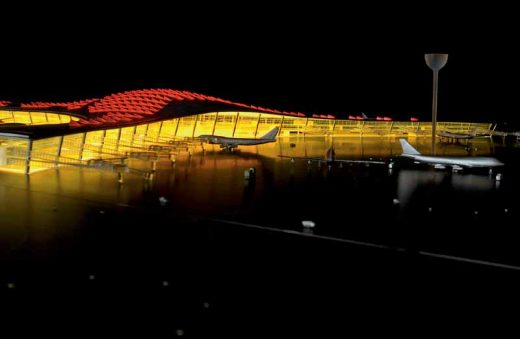
image : Nigel Young, from Foster + Partners
Located between the existing eastern runway and the future third runway, the terminal building and Ground Transportation Centre (GTC) enclose a floor area of 1.3 million square metres and will accommodate an estimated 50 million passengers per annum by 2020. Although conceived on an unprecedented scale, the building’s design expands on the new airport paradigm created by Stansted and Chek Lap Kok. Designed for maximum flexibility to cope with the unpredictable nature of the aviation industry, like its predecessors, it aims to resolve the complexities of modern air travel, combining spatial clarity with high service standards.
Public transport connections are fully integrated, walking distances for passengers are short, with few level changes, and transfer times between flights are minimised. Like Chek Lap Kok, the terminal is open to views to the outside and planned under a single unifying roof canopy, whose linear skylights are both an aid to orientation and sources of daylight – the colour cast changing from red to yellow as passengers progress through the building.
Beijing Airport
Reputedly the world’s largest building – approx. 1.3m sqm mostly under one roof
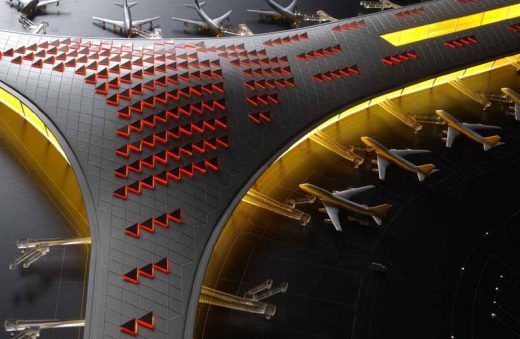
image : Nigel Young, from Foster + Partners
The terminal building is one of the world’s most sustainable, incorporating a range of passive environmental design concepts, such as the south-east orientated skylights, which maximise heat gain from the early morning sun, and an integrated environment-control system that minimises energy consumption. In construction terms, its design optimised the performance of materials selected on the basis of local availability, functionality, application of local skills, and low cost procurement. Remarkably, it was designed and built in just four years.
Capital Airport Beijing – Building Information
Client: Beijing Capital International Airport Company Ltd.
Opening: Feb 2008
Architects: Foster + Partners
Consultants: Arup, Davis Langdon & Seah, Arup, Michel Desvigne, Speirs and Major Associates, Arup, BIAD, BNP Associates Inc, Design Solutions, Logplan GmbH, NACO, Reef U.K.
Beijing Airport Building images / information from Foster + Partners
Beijing Airport architects : Foster + Partners
Location: Beijing Airport, Beijing, northern China, eastern Asia
Architecture in Beijing
Beijing Walking Tours by e-architect guides
Stansted airport building design by Foster + Partners in England
Beijing Architectural Designs
Architects: Foster + Partners
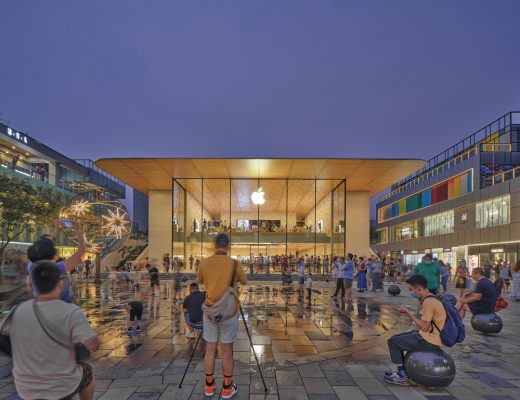
image courtesy of architects
Apple Sanlitun Store
Beijing Architectural Walking Tours
Contemporary Architecture in Beijing – architectural selection below:
Architects: X+LIVING
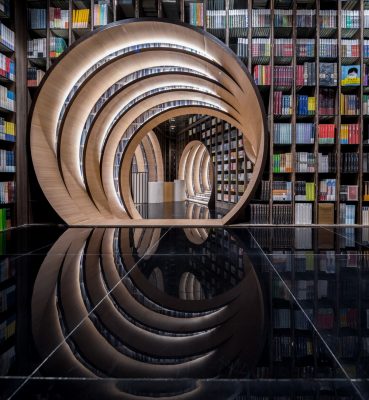
photo : Wu Qingshan
Beijing Zhongshuge Lafayette store design
Comments / photos for the Beijing Airport Architecture design by Foster + Partners Architects page welcome

